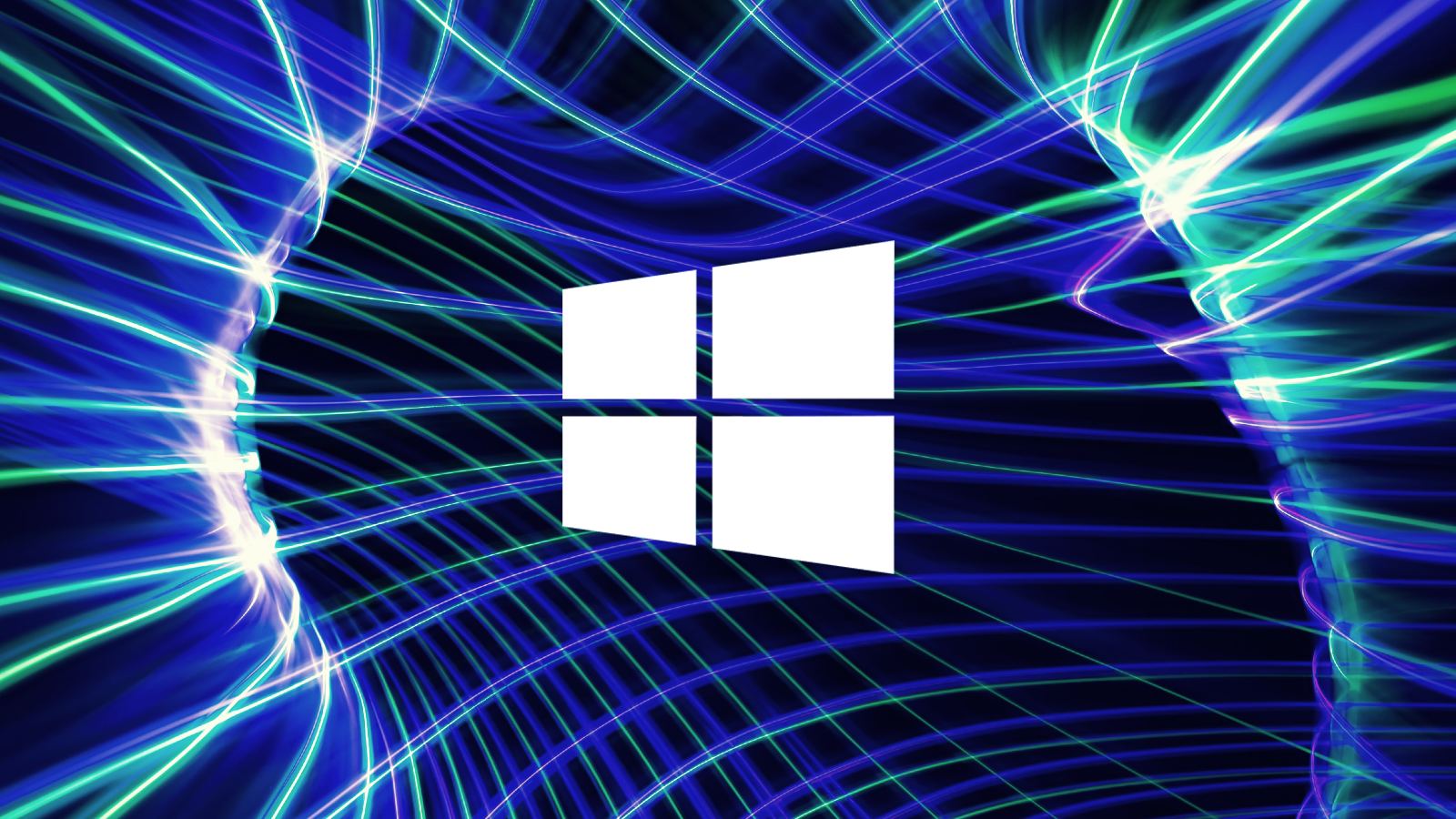- Dec 23, 2014
- 8,173
I second that as well. There is absolutely nothing wrong with a spirited conversation, as long as it does not become personal or shady.
Discussions are actually a great way to learn, and there was definitely some good that came out of it.
The funny thing is that if HC would have logged the powershell "block", it never would have been included in the video. Maybe Andy will test HC and find out why the powershell event was not logged. In all fairness, as far as testing goes, if an event is not logged, then it didn't happen.
https://malwaretips.com/threads/simple-windows-hardening.102265/post-992985
BTW, make sure to watch Leo's new video on Follina, it is one of his best videos yet.
Yes. It also correctly shows that the exploit really worked (calc is executed). If the exploit is prepared to run calc and the calc is not run, then the exploit is prevented/blocked. The exploit can be blocked at several stages:
- Winword cannot make outbound connections (like in FirewallHardening included in H_C).
- Winword cannot update the content (like in DocumentsAntiexploit tool included in H_C).
- MSDT is blocked (like in VS or ConfigureDefender HIGH settings).
- PowerShell is restricted/blocked (like in the SWH/H_C; OSA non-default config).
- Suspicious PowerShell CmdLines - detected when the code is executed (OSA default settings, probably also VS).
My test related to OSA was on the older free version. It may be that the newest version has got additional features.
Last edited:



